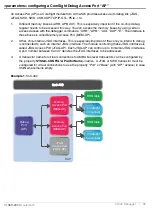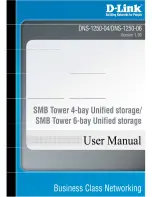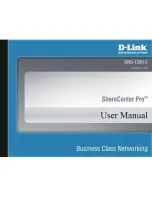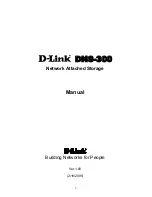
C2000 Debugger | 36
©
1989-2023
Lauterbach
...
.Name
The name is a freely configurable identifier to describe how many
instances exists in a target systems chip. TRACE32 PowerView
GUI shares with other opened PowerView GUIs settings and the
state of components identified by the same name and component
type. Components using different names are not shared. Other
attributes as the address or the type are used when no name is
configured.
Example
:
Shared None-Programmable Funnel:
PowerView1:
SYStem.CONFIG.FUNNEL.PROGramable OFF
SYStem.CONFIG.FUNNEL.Name "shared-funnel-1"
PowerView2:
SYStem.CONFIG.FUNNEL.PROGramable OFF
SYStem.CONFIG.FUNNEL.Name "shared-funnel-1"
SYStem.CONFIG.Core 2. 1. ; merge configuration to describe a
target system with one chip containing a single none-
programmable FUNNEL.
...
.NoFlush
[
ON
|
OFF
]
Deactivates an ETB flush request at the end of the trace
recording. This is a workaround for a bug on a certain chip. You
will loose trace data at the end of the recording. Don’t use it if not
needed. Default: OFF.
…
.RESet
Undo the configuration for this component. This does not cause a
physical reset for the component on the chip.
For a list of possible components including a short description
see
Components and Available Commands
…
.view
Opens a window showing the current configuration of the
component.
For a list of possible components including a short description
see
Components and Available Commands
…
.TraceID
<id>
Identifies from which component the trace packet is coming from.
Components which produce trace information (trace sources) for a
common trace stream have a selectable “.TraceID
<id>
”.
If you miss this SYStem.CONFIG command for a certain trace
source (e.g. ETM) then there is a dedicated command group for
this component where you can select the ID (ETM.TraceID
<id>
).
The default setting is typically fine because the debugger uses
different default trace IDs for different components.
For a list of possible components including a short description
see
















































